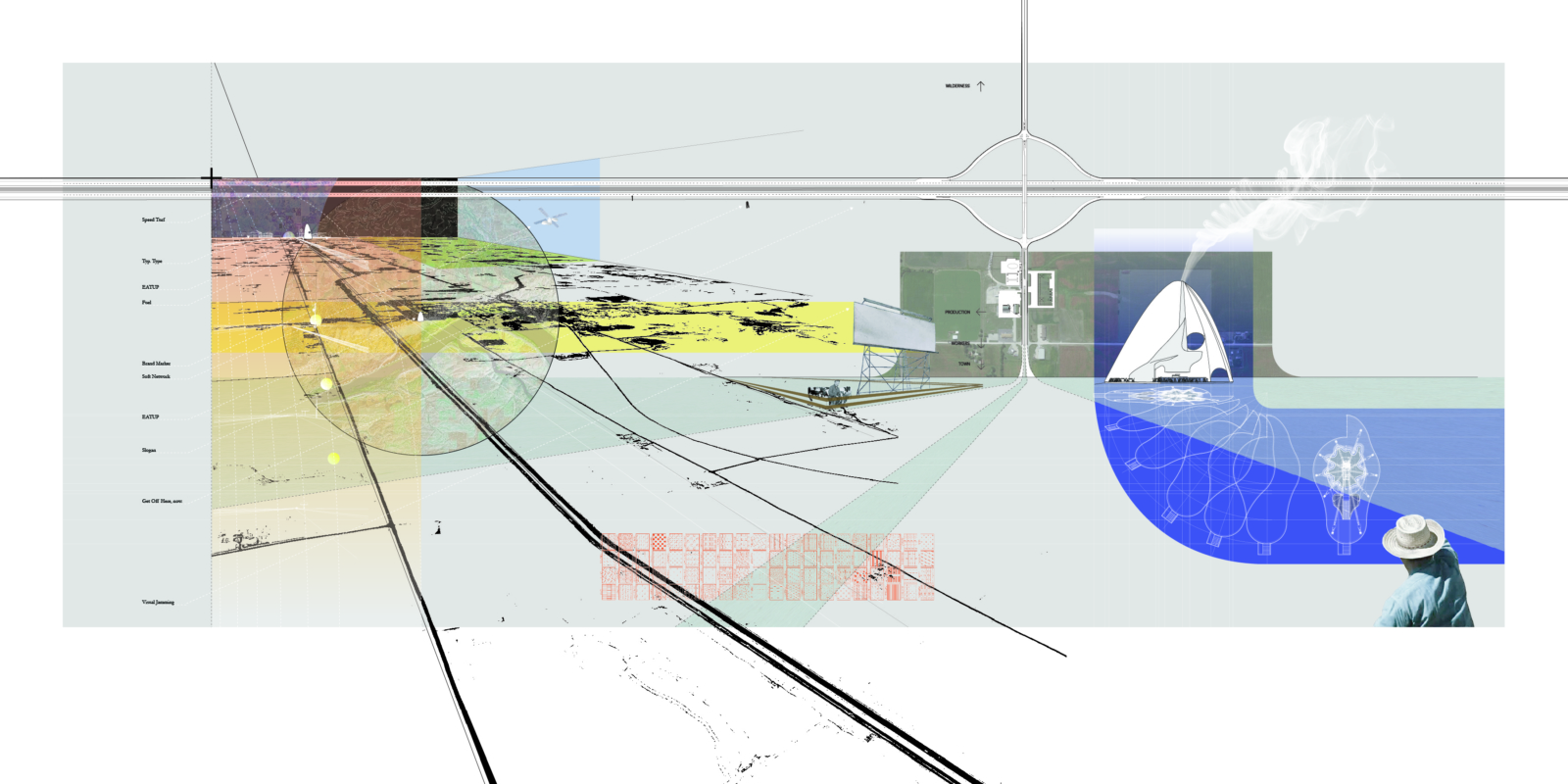Thesis work – University of Michigan 2014-2015
Advisor: Prof. Craig Borum & Geoff Thun
“[…] [N]othing could be more removed from the political essence of the city-state than the exclusively economic categories of rationalistic planning theory; that theory espoused by planners such as Melvin Webber, whose ideological conceptions of community without propinquity and the non-place urban realm are nothing if not slogans devised to rationalize the absence of any adequate realm of public appearance within modern suburbia. The manipulative and ‘apolitical’ bias of such ideologies has never been more openly expressed than in Robert Venturi’s Complexity and Contradiction in Architecture, wherein the author asserts that the Americans don’t need piazzas, since they should be at home watching television. These and similar reactionary modes of beholding seem to emphasize the impotence of an urbanized populace who have paradoxically lost the object of their urbanization. […]”
– Kenneth Frampton, The status of man and the status of his objects: a reading of The Human Condition, 1979
Peri-urban and rural communities of America struggle to maintain relevance post-green revolution. The Jeffersonian ideal of 40 acres and a mule has lead way to decentralized, huge, yet highly precise food production techniques that splinter farming communities. The ubiquity of the “strip” and non-regional franchise structures makes it impossible to discern whether one is in San Fernando or East Ohio, while the products from these areas differ greatly.
What is regionalism now? Where is Oldenberg’s third place in these communities? Franchise businesses offer security and a expected result this capitalist methodology was co-opted by architecture to promote regional spaces of exchange. Eat Up is an architectural system that lands in these forgotten spaces, offering efficient food production without sacrificing wages and quality. There are close to 9 million fast casual restaurant workers who make an average of $7.25 an hour, rely on the government for assistance, are mostly over 20 years old, and 1/4 have children to support. Can we leverage distance and brand identity to turn the tables and help communities decide how they want to meet, cook, and eat? These new structures combine ready-built efficiencies of global markets with Rossi’s idea of the locus, the need for a community spaces to communicate and control the digital trends of agriculture.
Eat Up is a response to Buckminster Fuller’s question: “Madamne, do you know how much your house weighs?” and Frampton’s ideas of Regionalism. How can the main cost of a restaurant, heating and cooling, begin to affect form, and in turn, signage? Eat Up’s franchise methodology of deployment is dependent on both regional inputs, global efficiencies, brand identity, and modern agricultural technology. At once the farm to table saloon and community center, Eat Up wants you to come and enjoy the bounties of this place.



![]()
![]()




